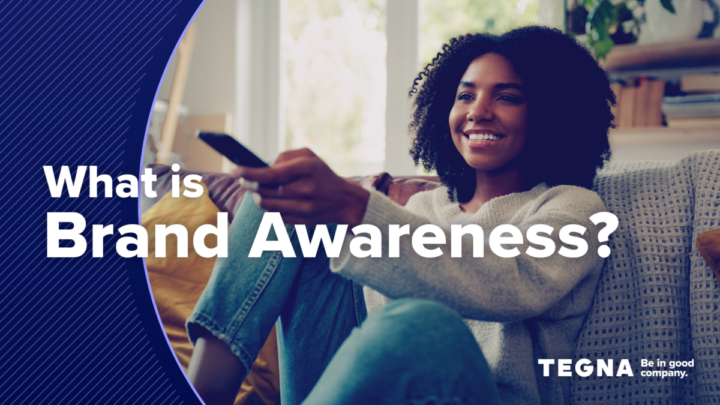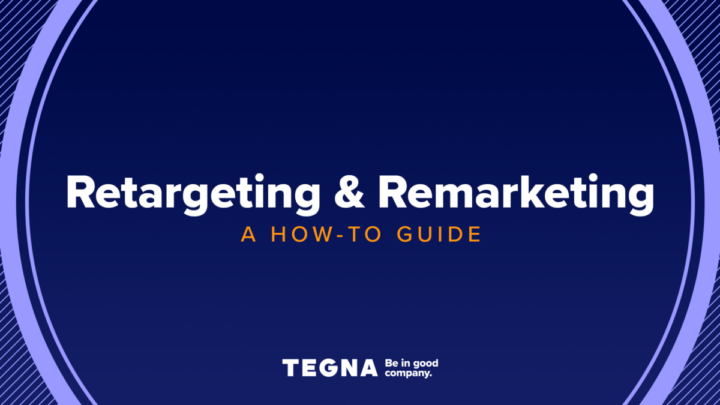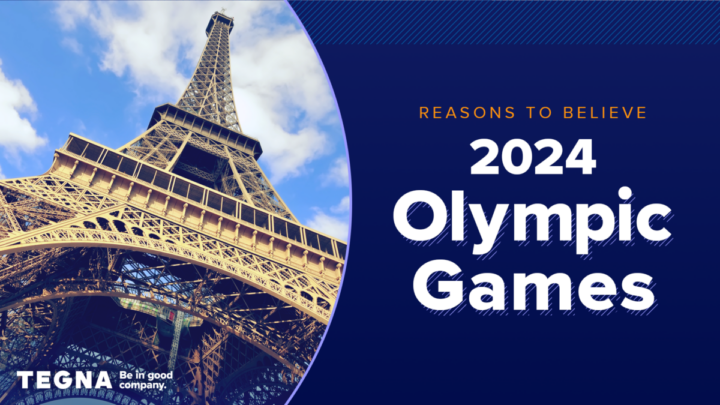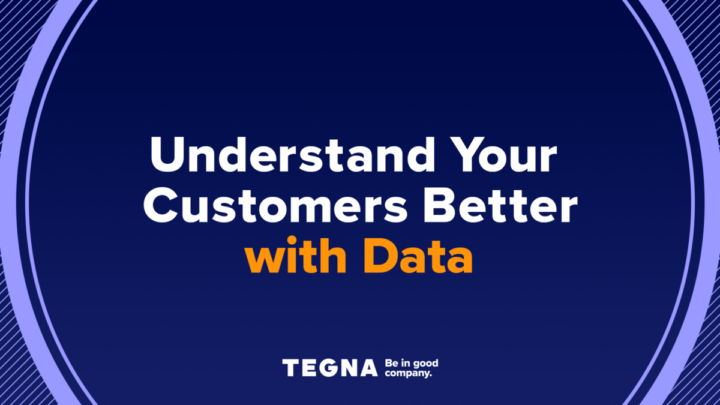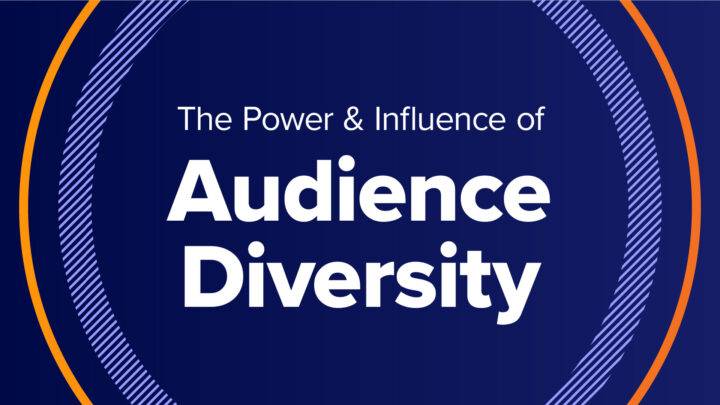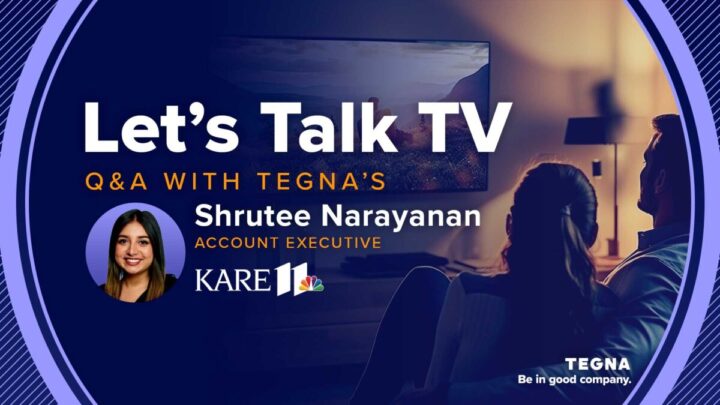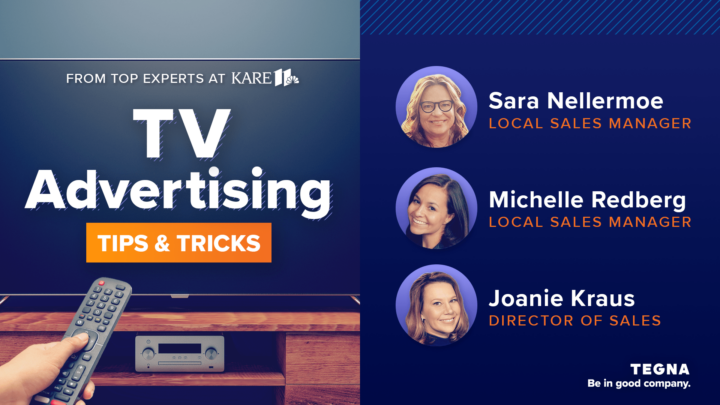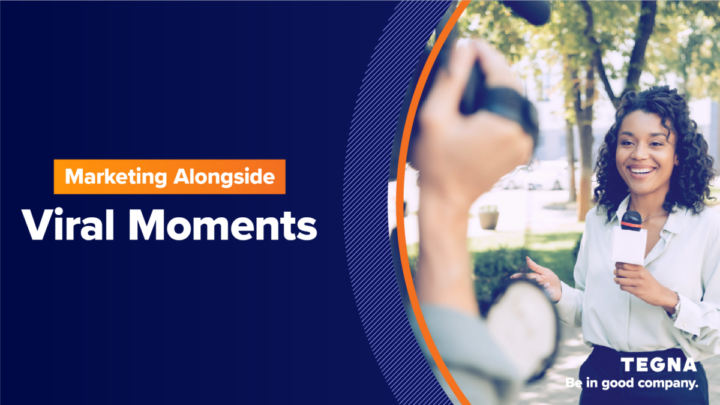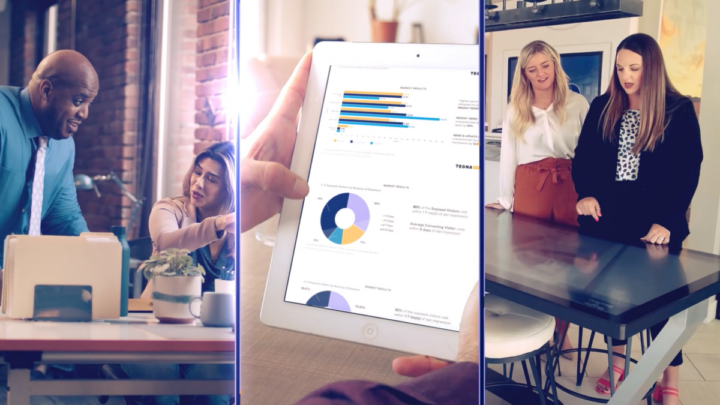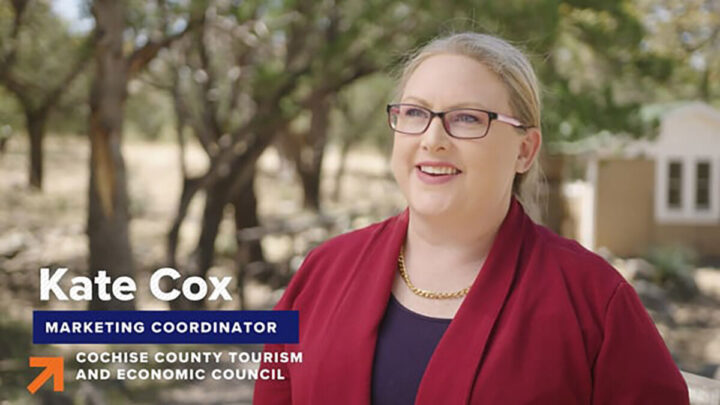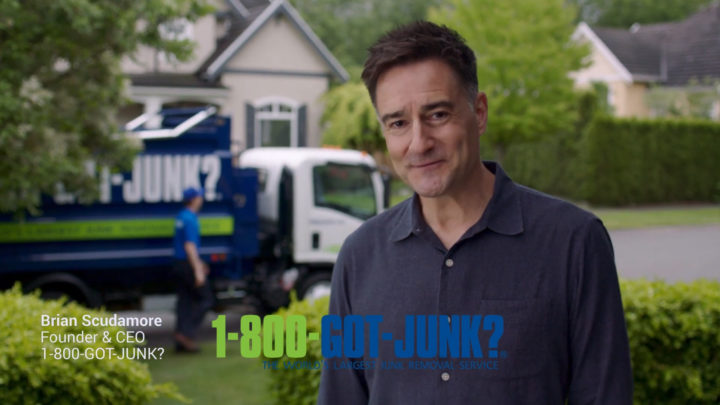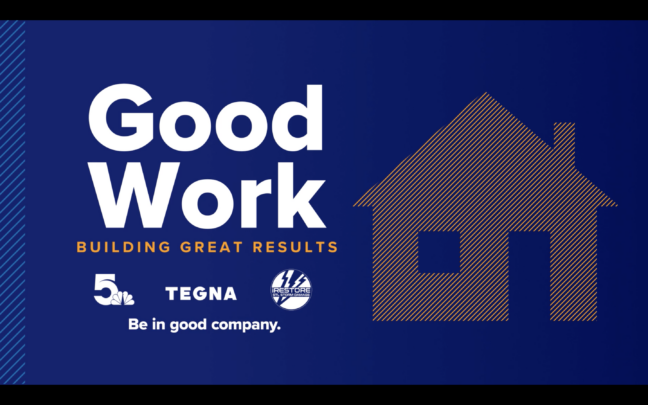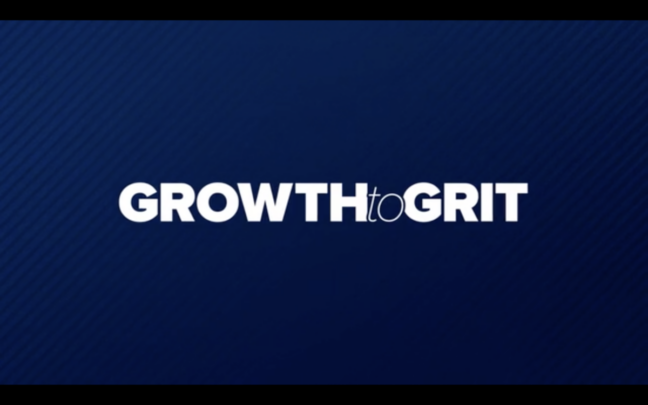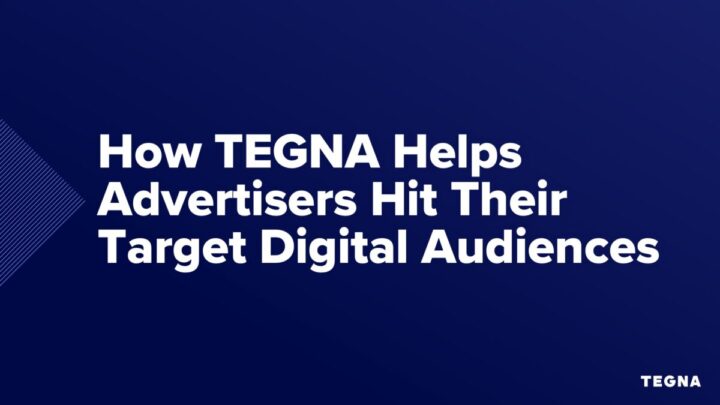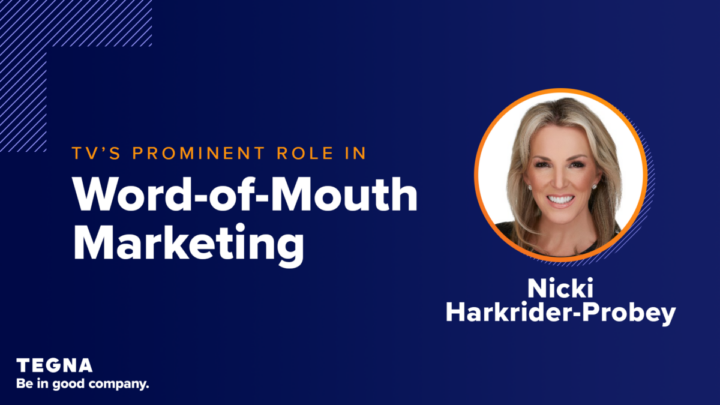What is Digital Media Planning?
Digital media planning empowers brands to navigate the dynamic online landscape precisely and purposefully. By embracing digital media planning principles and leveraging innovative technologies, businesses can elevate their online presence and achieve tangible results in today’s competitive marketplace.
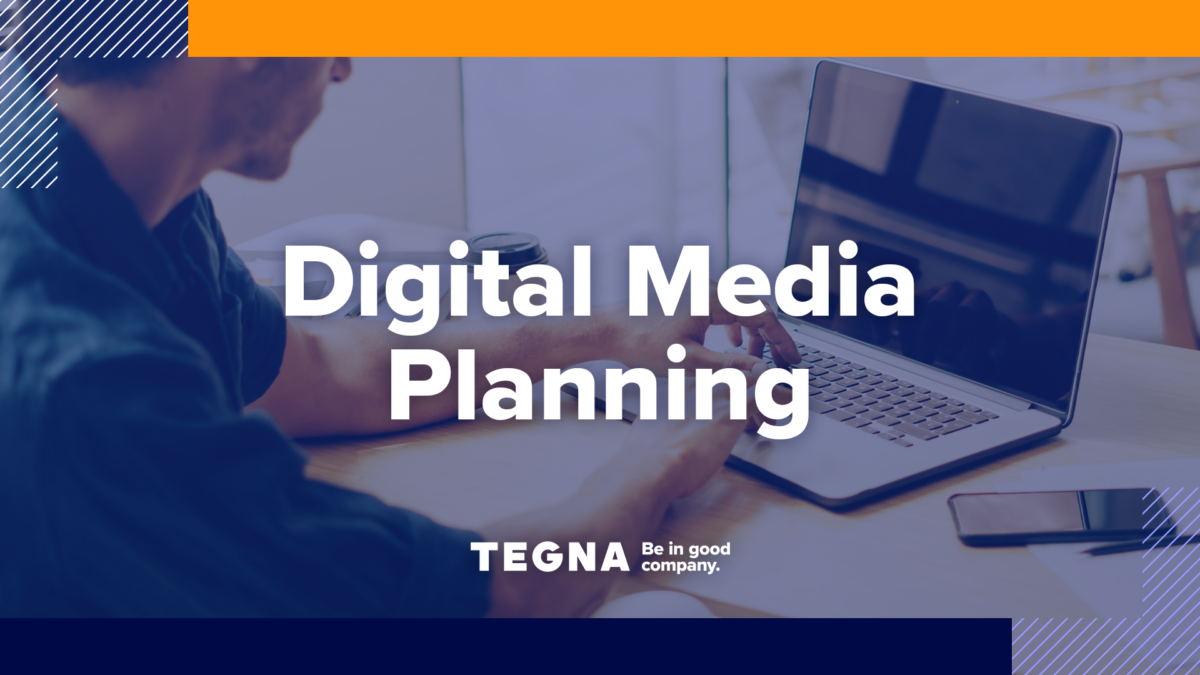
Today’s consumers are constantly connected, and while we might not see exactly 5,000 digital ads per day, ad clutter—how to stand out among it—is always a challenge for marketers.
That’s where digital media planning emerges. It’s a pivotal aspect of marketing strategies, allowing brands to navigate the complex landscape of online platforms effectively. But how can you craft a successful digital media plan?
Let’s dive right in.
An Overview of Digital Media Planning
Advertising is about reaching the right audience at the right time and place. To do so effectively, you can’t just take shots in the dark and hope it works. That’s why creating a media plan is one of the most critical components of your marketing campaign.
In creating a digital media plan, you’ll outline the who, what, when, where, why, and how your brand intends to reach its target audience via digital channels. By researching and mapping out these variables, your cohesive plan can help campaigns reach the right audience at the right time, improve the frequency and reach, and maximize your ROI.
Why Digital Media Planning is Important
Digital media planning is essential for businesses that want to thrive in today’s digital-first world. By leveraging the power of digital channels, data-driven insights, and strategic planning, marketers can connect with their audience meaningfully, drive engagement and conversions, and ultimately achieve their business objectives. Here are a few steps to meet these goals.
Online Channels & Media Buys
Where should your campaign be placed for the best results? This is where knowing your audience pays off. When you know who your people are, you know where they will be and what type of messages resonate with them. For example, if you’re targeting Boomers, you’ll learn that most of them consume media on broadcast TV. However, if you’re targeting Gen Z, your brand may benefit more from advertising on a platform like TikTok.
Many online channels and avenues exist for media buys in digital media planning. These encompass:
Programmatic Display
Programmatic display advertising involves the automated buying and selling of online ad space in real-time auctions. It allows advertisers to target specific audiences based on demographics, interests, and browsing behavior. The process also includes:
- Real-Time Bidding (RTB): Advertisers bid to display their ads to a specific user based on demographics, interests, and browsing behavior.
- Data-Driven Targeting: Data including user demographics, browsing history, location, and device information, among other factors, are analyzed to target the users most likely to be interested in their products or services.
- Dynamic Ad Creative: Dynamic ad creative can be personalized in real-time based on the user viewing the ad. This customization can include product recommendations, pricing information, or customized messages, enhancing the ad’s relevance and effectiveness.
Websites
Advertising on websites remains a fundamental component of digital media planning. There are 2.14 billion online shoppers globally and 230.5 million in the US alone – 70% of the population. On top of such a large audience, digital opens up doors for several different digital ad types to leverage, including:
- Clickable Display and Banner Ads
- Digital Video
- Location-Based Ads using Geofencing and Geotargeting
- Content Marketing and Native Advertising
- Contextual Targeting and Retargeting
- Paid Search
And don’t forget the power of advertising on your local news website. Consumers are active in their local community, and their local news station is where they turn to for the latest news, sports, traffic, and weather reports to inform their day. Digital advertising with your local news station’s websites and apps – such as 12News.com in Phoenix – can reach an engaged and loyal daily audience within a trusted, local community environment to increase brand awareness and drive conversions.
Social
With billions of users worldwide, social media platforms offer unparalleled opportunities for brands to engage with their audience. From sponsored posts to influencer collaborations, social media advertising enables precise targeting and fosters meaningful interactions.
Email marketing continues to be a powerful tool for nurturing customer relationships and driving conversions. Digital media planners strategize email campaigns to deliver personalized content and promotions directly to consumers’ inboxes.
Steps to Creating a Digital Media Plan
Now that you know what a great media strategy entails, how do you get started developing it? Below are some items that should be included in your digital media plan.
1. Research Your Audience
You can use several tactics to determine your target audience and their preferences, needs, wants, and likes. You can leverage customer data to learn about the users already visiting your website. You can also complete customer interviews, conduct marketing research, and check out industry trends and publications. As you gather this info, you can then create audience personas, which is an exercise that defines your target audience’s demographics, preferred media channels, purchasing behaviors, goals, challenges, and more.
- Pro Tip: Additionally, Katie Yape, Product Manager at TEGNA, suggests researching your competitors, their customers, and how they purchase. Doing so can provide insights that can further define your target audience.
2. Set Campaign Goals & KPIs
What is your brand trying to achieve? What action do you want viewers to take, and what is the definition of a successful campaign? You’ll want to set SMART goals (Specific, Measurable, Achievable, Realistic, and Timely) and establish clear Key Performance Indicators (KPIs) to measure the success of your digital media campaigns, whether it’s brand awareness, website traffic, or sales conversions.
3. Create a Budget & Timeline
How much does your brand have to spend on its campaign, and how long will it run? Detail a proposed budget and keep the campaign within these parameters.
- Pro Tip: Spending more money does not equal better results.
4. Experiment with Various Formats
Explore different ad formats, such as web banners and video ads, to determine which resonates best with your audience and yields optimal results. However, be sure to choose reputable and brand-safe platforms for advertising to safeguard your brand’s reputation and integrity during these experiments.
5. Measure Results
Throughout a digital marketing campaign, marketers must monitor the performance of their digital ads, tracking metrics like reach, frequency, ad impressions, and audience engagement. The data collected can then be used to gain insights, make data-driven optimizations, evaluate ROI, and determine whether the campaign met its objectives. The insights gained from the post-campaign analysis can also inform future media buying decisions. This learning process helps advertisers refine their strategies and improve their results in subsequent campaigns.
Your Next Digital Campaign with TEGNA
By partnering with TEGNA for your next local digital campaign, your brand can easily benefit from the news-trust halo and see tangible results through simplified advertising solutions and local media options: Linear broadcast, CTV/OTT streaming, and digital marketing. From concept development to implementation and measurement, we offer the highest level of support as your marketing partner. Contact TEGNA and see how we can help you reach your marketing goals.
Frequently Asked Questions
What does a digital media planner do?
A digital media planner is responsible for developing and implementing strategic advertising campaigns across online channels to achieve marketing objectives. This includes researching target audiences, selecting appropriate media platforms, and optimizing campaigns for maximum effectiveness.
What is digital media, and why is it important?
Digital media encompasses all media content distributed electronically, including websites, social media, emails, and mobile applications. It is essential because it allows brands to reach a broad audience cost-effectively and targeted, fostering engagement and driving business growth.
